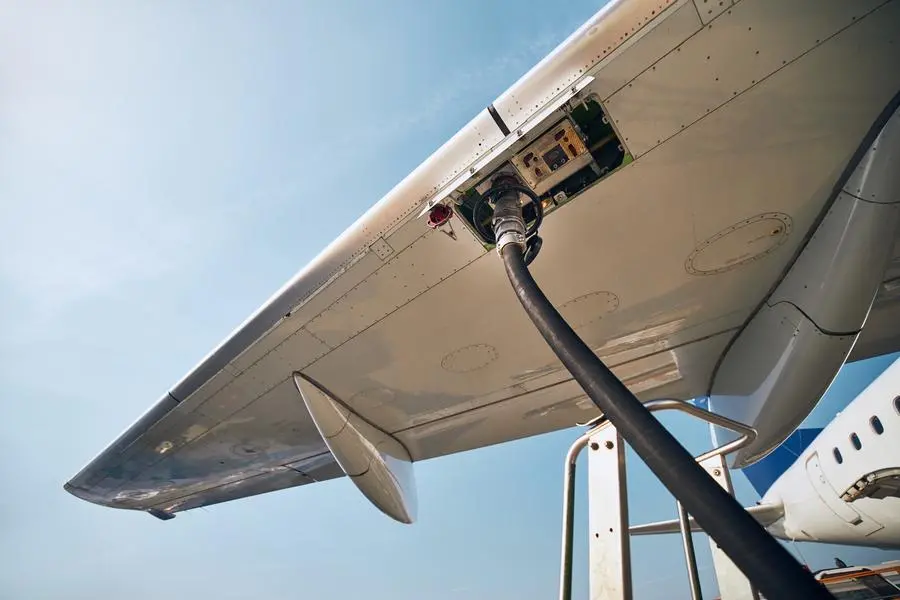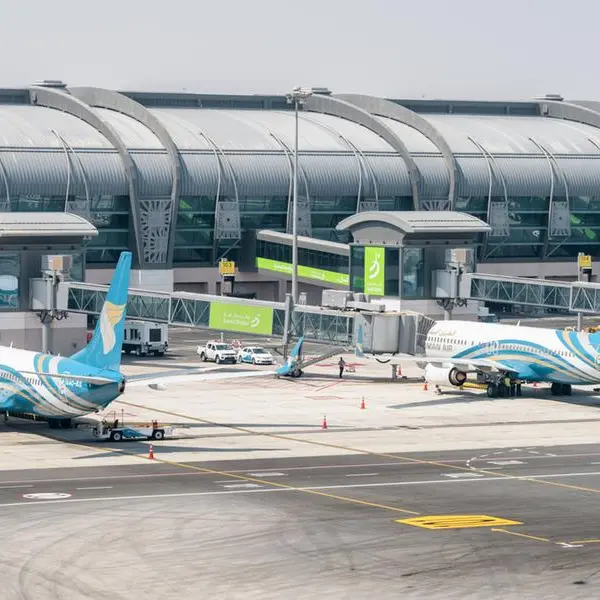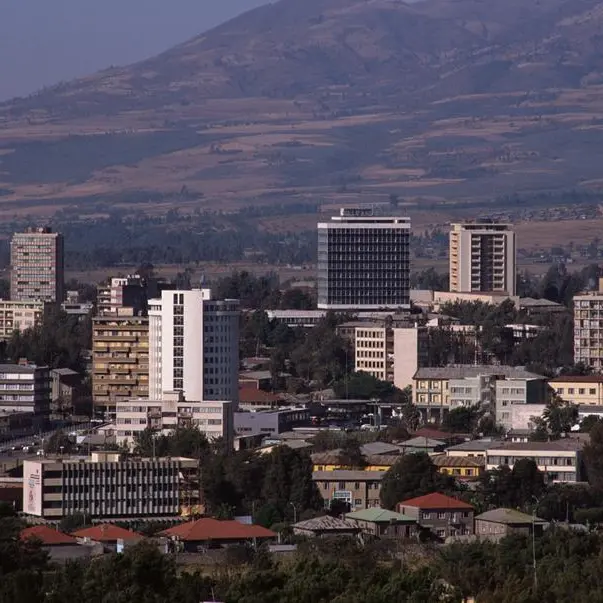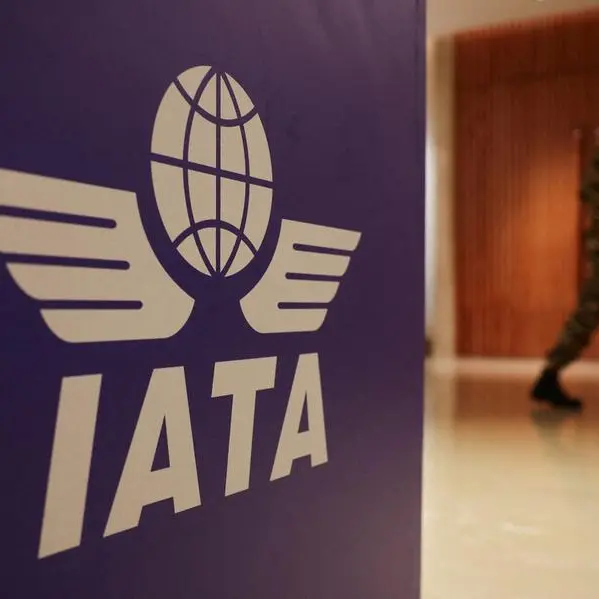PHOTO
Airlines worldwide can expect to see more travellers taking to the skies as COVID-19 restrictions continue to ease and China reopens, but the soaring costs of energy and the slowdown in major economies could pose downside risk to the recovery of the air travel market.
Energy costs have climbed since the war in Ukraine started about a year ago, leading to a cost-of-living crisis in markets that are dependent on energy imports from Russia.
Rising jet fuel costs have also sent airline tickets soaring. In the US alone, airfares went up by as much as 25% last year, outpacing inflation, according to a CNBC report. Consumers had to fork out more on their travel bills, with airlines and travel agencies hiking costs by 60% year on year, the Bank of America also said in its report last year.
The rising costs are among the factors that could weigh on the recovery of the air travel market, aside from the slowdown in major economies, according to Airports Council International (ACI World) in a new report on Wednesday.
2023 outlook
The trade association of the world’s airports has forecast that around 8.4 billion people will travel this year, representing 92% of the global passenger traffic in 2019. That is an improvement from last year, when global passenger traffic reached 72% of 2019 levels, or a total of 6.5 billion passengers.
“The surge in air travel following the lifting of restrictions in 2022 continues into 2023… However, we are cognizant that the speed of the recovery depends on several factors,” said Luis Felipe de Oliveira, ACI World Director General.
“The possible slowing in GDP growth in major economies, coupled with the rise in airfares due to higher jet fuel prices weigh negatively on demand,” he said.
The International Monetary Fund (IMF) said last month that global economic growth will fall from 3.4% in 2022 to 2.9% in 2023, before rising to 3.1% in 2024.
Upsurge in demand
So far, ACI said the air travel market has seen an “upsurge in demand”, thanks to the removal of travel restriction and quarantine requirements for vaccinated travellers in 2022.
In ACI’s Global Traveller Survey that polled 4,125 people from 30 countries, 86% said they plan to travel by air in 2023, the highest score for intention to travel since the onset of the COVID-19 pandemic.
While the slowing GDP growth in major economies and rising airfares could weigh on travel demand, ACI said a “strong labour market and the reopening of China” could help boost global passenger traffic.
ACI also forecast that the air travel industry will recover to 2019 levels by 2024, driven mainly by domestic travel.
By 2041, passenger traffic worldwide is expected to reach 19.3 billion. Aircraft movements in airports across the world will also reach 153.8 million in the same year.
(Reporting by Cleofe Maceda; editing by Seban Scaria)




















